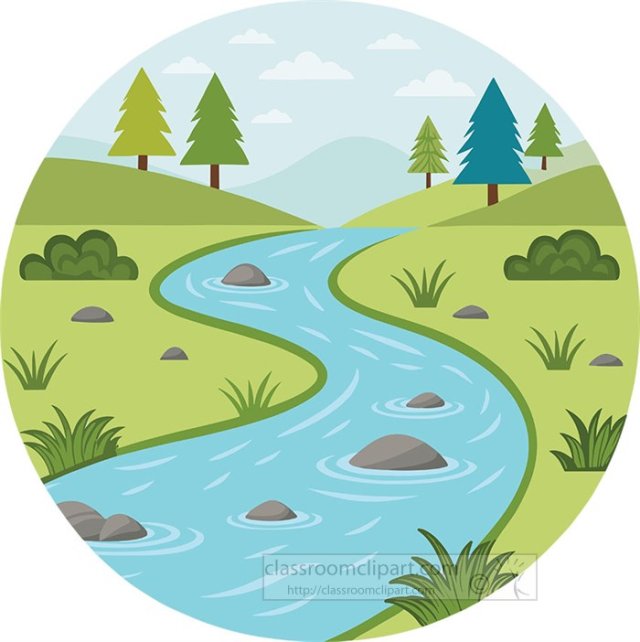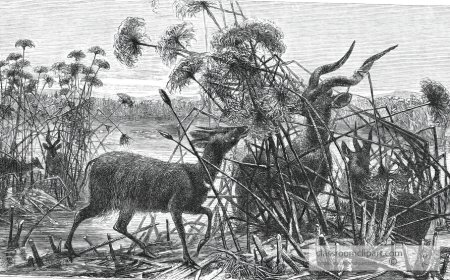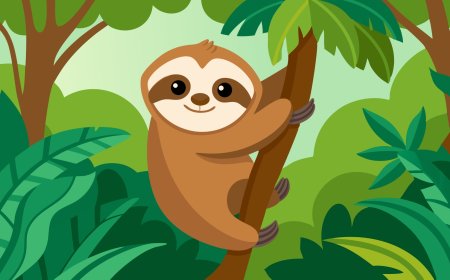What Is Geography? Easy Guide for Kids: Tools, Types, and Fun Facts
Learn what geography is, how geographers study Earth, and why it matters. Explore physical and human geography, geography tools, vocabulary, fun facts, a quiz, and a list of geography topics for students.

🌍 Geography for Kids: Meaning, Tools, Types, and Fun Topics to Explore
Introduction
Geography is the study of the Earth, including its land, water, people, plants, and animals. It helps us understand where places are, what they’re like, and how everything on Earth is connected. Whether you’re learning how mountains form or why cities grow near rivers, geography gives you the tools to explore our amazing planet.
In this guide, you’ll learn:
- What geography means
- The tools geographers use
- Different types of geography
- Fun facts and examples
Let’s dive into the world of geography!
🧭 What Is Geography?
The word geography comes from Greek words that mean “writing about the Earth.” Geography is all about:
- Places – learning where countries, cities, rivers, and mountains are
- Spaces – studying how humans and nature share the land
- Connections – understanding how weather, animals, and people move and interact
Geographers study both the physical features of the Earth and how humans affect the environment.
🌎 Two Main Branches of Geography
There are two major branches:
1. Physical Geography
This focuses on natural features, including:
- Mountains
- Rivers and lakes
- Deserts
- Weather and climate
- Ecosystems and wildlife
2. Human Geography
This studies people and how they live, such as:
- Cities and communities
- Languages and cultures
- Economic activities
- Transportation and trade
Some geographers specialize in combining both branches to see how humans impact nature.
🛠️ Tools Geographers Use
Geographers need special tools to study the world:
- Maps – Flat drawings showing locations and information
- Globes – 3D models of Earth
- GPS (Global Positioning System) – Satellites that pinpoint exact places
- GIS (Geographic Information System) – Computer systems that store and display map data
- Compasses – Instruments to find directions
- Field Observations – Notes and sketches collected outdoors
Using these tools, geographers make maps, track animal migrations, and even plan cities!
🗺️ Types of Maps
Maps are a big part of geography. Here are a few common types:
- Political Maps – Show countries, borders, and cities
- Physical Maps – Show landforms like mountains and rivers
- Climate Maps – Display weather patterns
- Population Maps – Show where people live
- Resource Maps – Indicate where things like oil, minerals, or forests are found
🌦️ Geography and Weather
Geographers study weather and climate. Weather is what happens day to day (like rain or sunshine), while climate is the average weather over a long time.
Climate affects:
- The plants and animals that live in a place
- The clothes people wear
- What crops can grow
🏞️ Landforms and Features
Geography includes learning about the Earth’s surface:
- Mountains – Tall landforms created by tectonic forces
- Plains – Flat, wide areas
- Valleys – Low land between hills or mountains
- Deserts – Dry areas with little rain
- Islands – Land surrounded by water
These features shape where humans settle and how they live.
🌱 Human Geography
Human geographers look at:
- Population growth
- Migration (people moving from one place to another)
- Culture and language
- Economic activities
- How people adapt to different environments
For example, some communities build houses on stilts to stay safe from floods.
🗺️ Why Geography Matters
Learning geography helps us:
- Understand current events
- Protect the environment
- Solve problems like pollution and climate change
- Respect different cultures
- Find our way around!
📚 Vocabulary List
| Word | Definition |
|---|---|
| Geography | The study of Earth’s surface, people, and places |
| Physical Geography | The study of natural landforms, water, climate, and ecosystems |
| Human Geography | The study of humans, cultures, cities, and how people interact with Earth |
| Globe | A round model of Earth |
| Map | A flat drawing of part or all of Earth |
| Compass | A tool used to find direction |
| GPS | A satellite system that shows exact locations |
| Climate | The usual weather in an area over time |
| Landform | A natural feature of Earth’s surface |
| Ecosystem | A community of living things and their environment |
🌟 Interesting Facts About Geography
- Africa is the only continent in all four hemispheres (north, south, east, and west).
- The Dead Sea is so salty that you can float without swimming.
- Mount Everest is the tallest mountain above sea level.
- The Amazon River carries more water than any other river.
- Russia spans 11 time zones!
- Australia is both a country and a continent.



















































